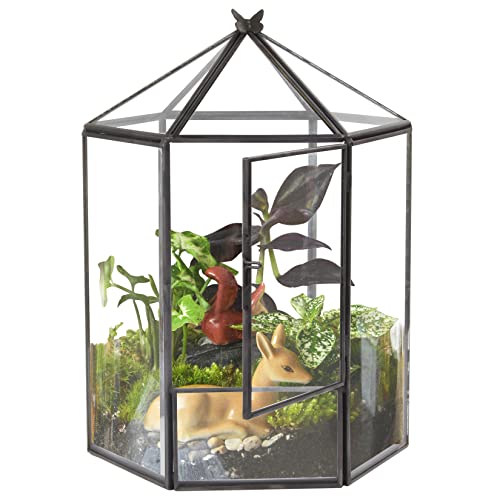Originally I was excited after many hours of searching the last few weeks, I discovered two good wild mantis ooth's today. They both appear to be Stagmomantis carolina, Carolina Mantis.
Sadly one of them has a small hole to the outer protective shell in one area. As the ooth is only 1 inch long, I used my USB microscope to examine the damage to the ooth. Turns out it has several organisms living inside the damaged area, all so small to be unseen by the naked human eye, something I was not expecting to find. It appears the rest of the ooth is fine and uninfected.
Seems like there is a small round black "bug" (perhaps a type of beetle), several tiny fast white "bugs", and a two noticeable orange in color larger "bugs" -- in the hole in the ooth. Seems the orange ones might be Phytoseiulus persimilis - but I have no clue.
As my USB microscope takes both photos and video, I did both to see if anyone can tell me anything about them, if they will cause a problem to hatching nymphs (or infect my other mantis or habitats), or how to kill the organisms and leaving the mantis eggs unharmed? Or perhaps, if it is nothing to worry about as they are normally never seen and may exist on all ooths? I ask as I want to ensure I don't infect my pets with mites or anything else.
Here is my video it starts by showing the white "bugs" and the black one as well - at 2:40 in the video onwards are the orange "bugs".
UPDATE 01-05-15: The ooth I talked about and shown in the photos/video above has hatched about 70 Carolina nymphs! It was in a freezing/wintering diapuase for about 3 weeks, then I incubated it 44 days until it hatched.
The image below are several photos from my USB microscope "zooming" in to show the true size of the orange "bugs". As the ooth itself is only 1 inch long, and the "bugs" are in individual egg sections.

Sadly one of them has a small hole to the outer protective shell in one area. As the ooth is only 1 inch long, I used my USB microscope to examine the damage to the ooth. Turns out it has several organisms living inside the damaged area, all so small to be unseen by the naked human eye, something I was not expecting to find. It appears the rest of the ooth is fine and uninfected.
Seems like there is a small round black "bug" (perhaps a type of beetle), several tiny fast white "bugs", and a two noticeable orange in color larger "bugs" -- in the hole in the ooth. Seems the orange ones might be Phytoseiulus persimilis - but I have no clue.
As my USB microscope takes both photos and video, I did both to see if anyone can tell me anything about them, if they will cause a problem to hatching nymphs (or infect my other mantis or habitats), or how to kill the organisms and leaving the mantis eggs unharmed? Or perhaps, if it is nothing to worry about as they are normally never seen and may exist on all ooths? I ask as I want to ensure I don't infect my pets with mites or anything else.
Here is my video it starts by showing the white "bugs" and the black one as well - at 2:40 in the video onwards are the orange "bugs".
UPDATE 01-05-15: The ooth I talked about and shown in the photos/video above has hatched about 70 Carolina nymphs! It was in a freezing/wintering diapuase for about 3 weeks, then I incubated it 44 days until it hatched.
The image below are several photos from my USB microscope "zooming" in to show the true size of the orange "bugs". As the ooth itself is only 1 inch long, and the "bugs" are in individual egg sections.

Last edited by a moderator:












































